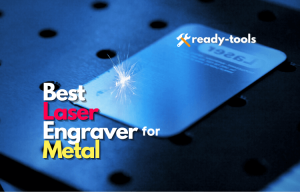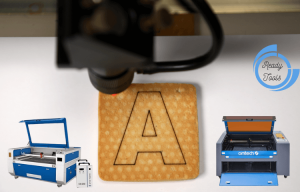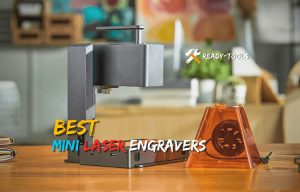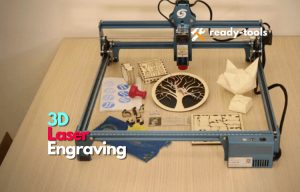Laser and rotary engravers are similar in that they can engrave a wide range of materials with incredible results. They differ in various ways, including how they work, obtained outputs, and the applications to which each method is best suited.
Rotary engraving is the technique of eliminating sections of the material being manufactured. This method uses a mechanical engraver with a motorized spindle and a cutting tool (bit) that rotates with the spindle. Most machinable bare metals, both coated and uncoated, can be engraved with rotary engravers, including aluminum, brass, silver, gold, stainless steel, pewter, titanium, and platinum.
ADA signage is another profitable market for rotary engraving companies. Rotary engravers have a significant edge over lasers when it comes to generating signs that follow the ADA’s precise criteria. Rotary engravers provide exceptional control over the depth, size, and shape of the Braille bead holes in addition to cutting the 1/32″ tactile characters.
Laser engraving is achieved by reflecting a beam of light via a series of mirrors that direct the beam down through a lens, focusing the light into heat at a specific place. This procedure ablates the material’s surface, revealing either a contrasting color or leaving an engraved mark.
Thanks to their extensive versatility and ease of use, many engravers have to branch out into new and unique markets. Wood, acrylics, paper, card stock, fabrics, rubber, and most solid surface materials and stone are all suitable for laser engraving.
Depending on the products and services most suited to your consumer base, whether you are new to the sector or seeking business development, You should explore both laser and rotary engraving.
Rotary Engraving:
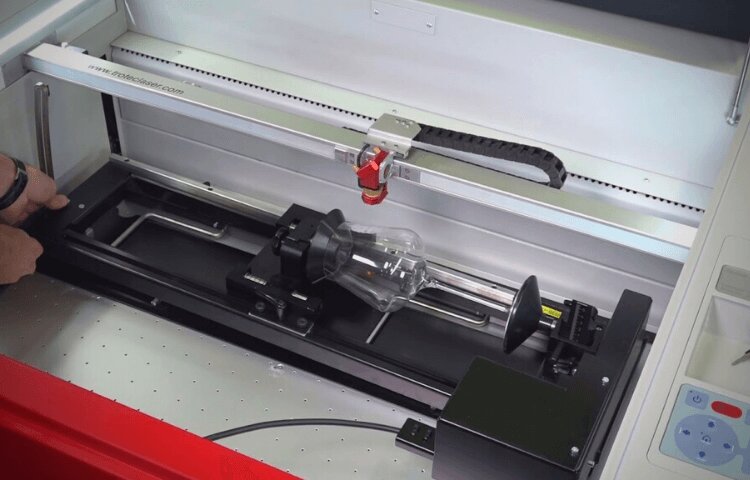
Mechanism:
Computer numeric control (CNC) technology is used in rotary engravers. A CNC mill, in particular, is a rotary engraver. The cutting tool is attached to a rotating spindle that travels in the x, y, and z axes using stepper motors and a computer-assisted algorithm.
The cutting tool’s substance depends on the type of material being worked on; however, there are a variety of alternatives available, ranging from carbide to diamond. Carbide tips are favored for cutting engraves with greater depth and a wider tool path in spinning tools. On the other hand, Diamond tips just glide across a surface to create fine marks with less dust and a shorter tool path.
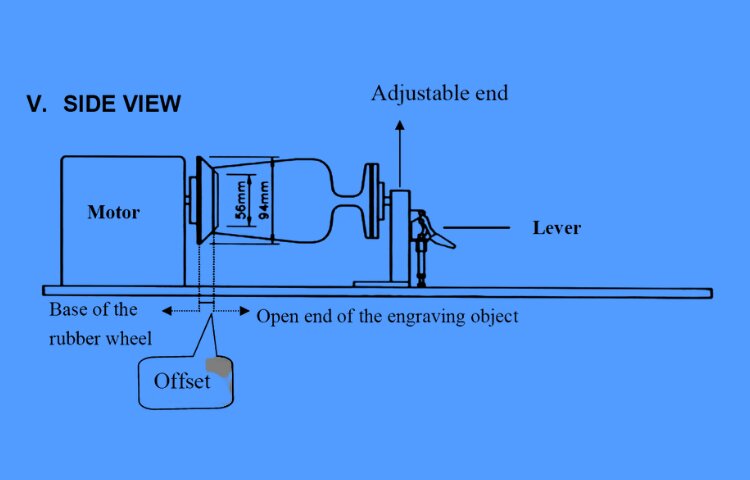
When rotary engravers were initially developed, they completely transformed the marking and engraving sector. Craftsmen no longer needed to trace characters manually using a copy slide as a template. Instead, text and drawings were entered into computer software, which automatically guided the cutting tool’s movement. Rotary engravers significantly boosted the output of classic engraving methods by requiring less time and labor.
Advantages:
- Adaptable Application: Despite representing a tremendous leap in technology, a rotary engraver’s mechanism is essentially quite simple – a revolving tool cuts away some of the material in a highly controlled manner. As a result, rotary engraving can be used on almost any material. Although rotary engravers are most commonly used on coated and non-coated metals, they are also employed on wood and plastic. Rotary engravers, unlike laser engravers, do not involve the use of specific plastics or acrylics.
- Easy to maintain: Fundamentally, rotary engravers will need more regular maintenance than laser engravers. After all, its cutting tool is in direct touch with the workpiece, causing wear and tear over time. On the other hand, a rotary engraver is often easy to maintain. In most circumstances, a simple sharpening of the cutting tool or a complete tool change is all that is required. This is a simple operation that requires little skill.
- Cost-effective: CNC technology is so widely available that even small businesses and hobbyists can purchase desktop-scale CNC machines. Rotary engravers have also benefited from this technology’s democratization. Even in the face of more advanced alternatives such as laser engravers, the relatively lower cost of investment required for a rotary engraver has kept it significant.
Disadvantages:
- Need skillful Staff: While rotary engravers are much easier to use than pantographs, they still cannot compete with laser engravers in terms of ease of use. Rotary engravers still require a high level of skill and training, which can be intimidating for inexperienced craftspeople.
- Not accurate for small text or complex designs: A rotary engraver can only produce text or designs as intricate as the size of its cutting tool allows. Even the tiniest cutting tool can’t match the level of detail provided by laser engravers. As a result, rotary engravers are often reserved for designs, including vast amounts of text, limited fonts, and simple forms.
- Parts require to be clamped down: When the cutting tool contacts the workpiece, the energy from its spinning motion is easily transferred to the workpiece, causing it to rotate or vibrate. This necessitates the clamping of the workpiece in place. Clamping not only extends the time it takes to set up a workpiece, but the additional force can also damage delicate products. It’s ordinary to expect more flaws in processes that use rotary engravers.
Laser Engraving:
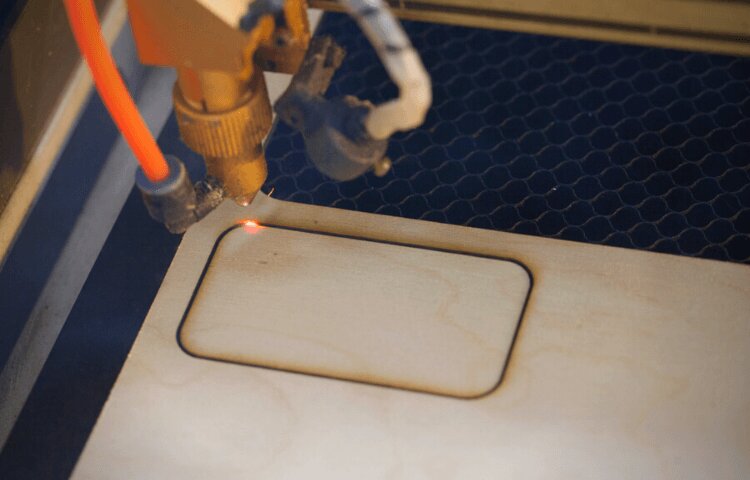
Laser engraving is the practice of engraving an object using lasers. On the other hand, laser marking is a broader category of methods for leaving marks on an object that includes color change caused by chemical/molecular alteration, melting, charring, foaming, ablation, and other techniques. The technique does not employ tool bits or ink that come into contact with the engraving surface and wear out, giving it an advantage over other engraving or marking technologies that actually require the replacement of bit heads or inks on a regular basis.
What is the Mechanism Behind It?
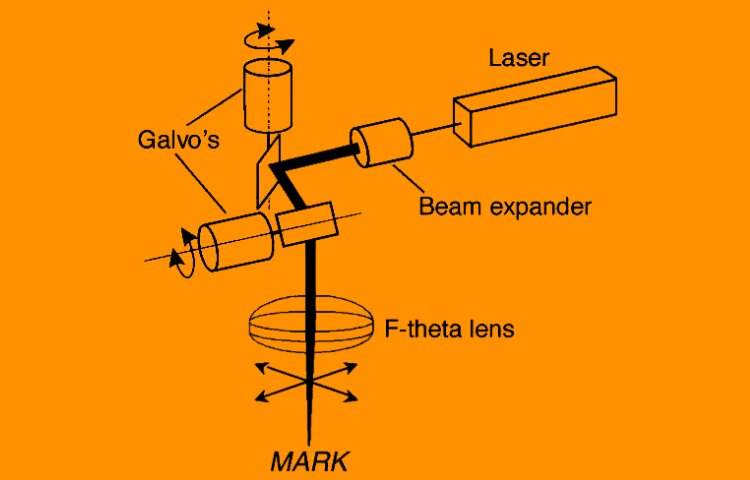
As the name indicates, a laser engraver uses a laser – a narrow beam of concentrated light – to transfer a significant quantity of energy to the object in a highly controlled manner. The laser’s movement is likewise controlled by software and follows a pattern created with the help of computer design.
Ablation and Annealing are the two techniques by which lasers can leave clean and permanent traces on any workpiece. Ablation is the process of removing a small amount of material from a workpiece’s surface by heating it to the point where it evaporates or sublimates. On the other hand, Annealing merely causes a color change on the material’s surface due to oxidation. During Annealing, no material is removed.
Advantages:
- Appropriate for extra complex designs: A laser beam can be as tiny as 0.001 inches in diameter. This implies that laser engraving may uniformly produce clear and sharp marks at this degree of detail. This amounts to between 500 and 600 dpi in terms of resolution. Laser engraving’s high resolution has made it the preferred method for incredibly fine details. Photorealistic designs are now possible with modern laser engravers.
- Convenient /User-friendly: Operating a laser engraver does not necessitate any specific abilities. Once the design is complete, an operator has to input the laser parameters, double-check that the workpiece is in place, and start the machine. It’s quick, easy, and requires very little training. A single person can operate multiple laser engravers simultaneously with so little user input.
- High-speed: Laser engravers still hold the upper hand, even though rotary engravers are orders of magnitude faster than manual methods. This is especially true for designs with a lot of moving parts. Laser engravers do not use a cutting instrument with a motorized action. Instead, the laser beam is only redirected to the required location. Laser engravers are very easy to integrate with existing industrial processes because of their speed.
- Non-contact: Workpieces engraved with laser engravers do not require any cutting tools. This means they don’t have to be clamped down, and they don’t have to live on the erosive effects of mechanical cutting or milling’s impact and vibration. As a result, laser engraving is ideal for delicate electrical components like printed circuit boards.
Disadvantages:
- Costly: The fact that laser engravers are relatively expensive is perhaps the most significant barrier to their adoption. A basic desktop scale can cost upwards of $8000. A similar-sized rotary engraver, by comparison, costs roughly half as much. Since laser engraving is a significantly more power-intensive process, artisans and industrial facilities should expect higher electricity expenditures when switching to laser engraving.
- Maintenance is quite difficult: Laser engravers do not require as much maintenance as rotary engravers. After all, the fact that it is non-contact implies that its components are not subjected to excessive wear and strain. On the other hand, a laser engraver has far more complicated maintenance requirements. Its delicate components will need to be disassembled for cleaning. The laser tube will need to be recharged regularly, and the laser will need to be adjusted after assembly. This process necessitates a high level of expertise and will almost certainly be more expensive.
Rotary Vs. Laser Engraving: Which One to Choose?
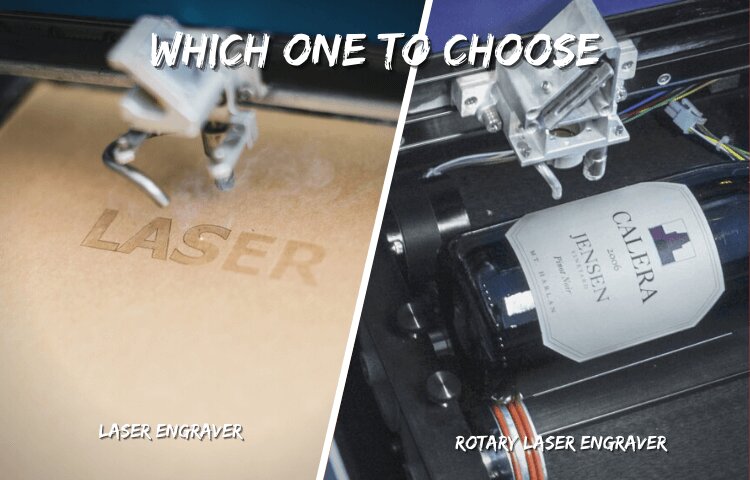
As you can see, both options have advantages while unavoidably having disadvantages. Although laser engravers are the more technologically advanced alternative, rotary engravers have a few advantages that have kept them relevant in continually expanding industries. If you still can’t decide between the two, here are some suggestions:
Rotary Engravers Are the Way to Go If:
- You need to engrave something quickly,
- Budget is an issue, so you only need basic shapes and large text.
- You’re working with tough or long-lasting materials.
Go for Laser Engravers When:
- You’re working with delicate materials.
- Your designs are incredibly detailed.
- You require a turnkey solution quickly.
Frequently Asked Questions:
What’s the difference when it comes to laser marking, engraving, and etching?
The easiest way to remember the distinctions between marking, engraving, and etching is to consider that marking changes the material’s color, but the surface remains flat. Engraving creates a recess in the material, and etching heats the material’s surface, resulting in a raised mark.
Is laser engraving or branding permanent?
Laser marking leaves a very long-lasting mark that is difficult to remove. If the surface is subjected to a lot of wear, we recommend engraving instead.
Is there a limit to how deep laser engraving can go?
Laser engraving to a depth of 0.125mm is achievable when used on perfect materials such as graphite “(3.17mm). Most metals, however, can be engraved to a depth of 0.020 inches “(0.51mm).
Conclusion:
The marking technique or engraving has always been an essential aspect of production. Personalizing finished goods, such as jewelry, isn’t always only for decoration. In rare circumstances, products may need to be permanently and legibly labeled as a form of traceability or documentation. Whatever the case may be, the two technologies of rotary engraving and laser engraving almost entirely cover all industrial marking requirements.
The processes of rotary engraving and laser engraving are drastically different. Although laser engraving is considered the more technologically advanced choice, it hasn’t totally replaced rotary engraving. Both options are still viable today, and each is best suited to a distinct set of circumstances.

